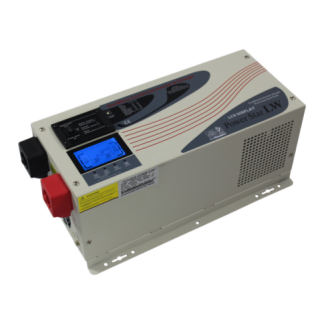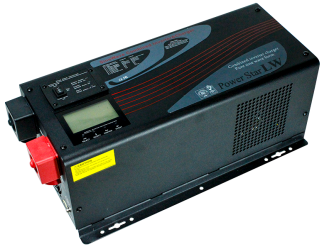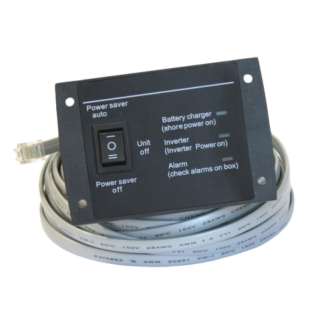Low Frequency Off Grid Inverters
Low-frequency inverters have the advantage over high-frequency inverters in two fields: peak power capacity, and reliability. Low-frequency inverters are designed to deal with higher power spikes for longer periods of time than high-frequency inverters. Power spikes can occur for a number of reasons (e.g. devices like power tools, pumps, vacuum cleaners and other appliances with electric motors require high starting power); when inverters experience such spikes, they can endure the increased power for a short period of time before shutting down in order to prevent any damage being done to them. Low-frequency inverters have much greater peak power capacity to handle large loads with power spikes than high-frequency inverters. In fact, low-frequency inverters can operate at the peak power level which is up to 300% of their nominal power level for several seconds, while high-frequency inverters can operate at 200% power level for a small fraction of a second. The second main difference is reliability: low-frequency inverters operate using powerful transformers, which are more reliable and sturdy than the high-frequency inverter’s MOSFETs, which use electronic switching and more prone to damage, particularly at high power levels.
Showing all 7 results
-

Power Star 12V 2000W Low Frequency Pure Sine Wave Inverter (Peak 6000W) 70A Charger
£479.00 Read more -

Power Star 12V 3000W Low Frequency Pure Sine Wave Inverter (Peak 9000W) 90A Charger
£619.00 Read more -

Power Star 24V 2000W Low Frequency Pure Sine Wave Inverter (Peak 6000W) 35A Charger
£479.00 Read more -

Power Star 24V 3000W Low Frequency Pure Sine Wave Inverter (Peak 9000W) 70A Charger
£619.00 Read more -

Power Star 24V 3000W Low Frequency Pure Sine Wave Inverter (Peak 9000W) 70A Charger Lithium Compatible
£619.00 Read more -

Power Star 48V 3000W Low Frequency Pure Sine Wave Inverter (Peak 9000W) 35A Charger
£599.00 Read more -

Power Star Low Frequency Inverter Remote Switch
£19.99 Read more
Showing all 7 results